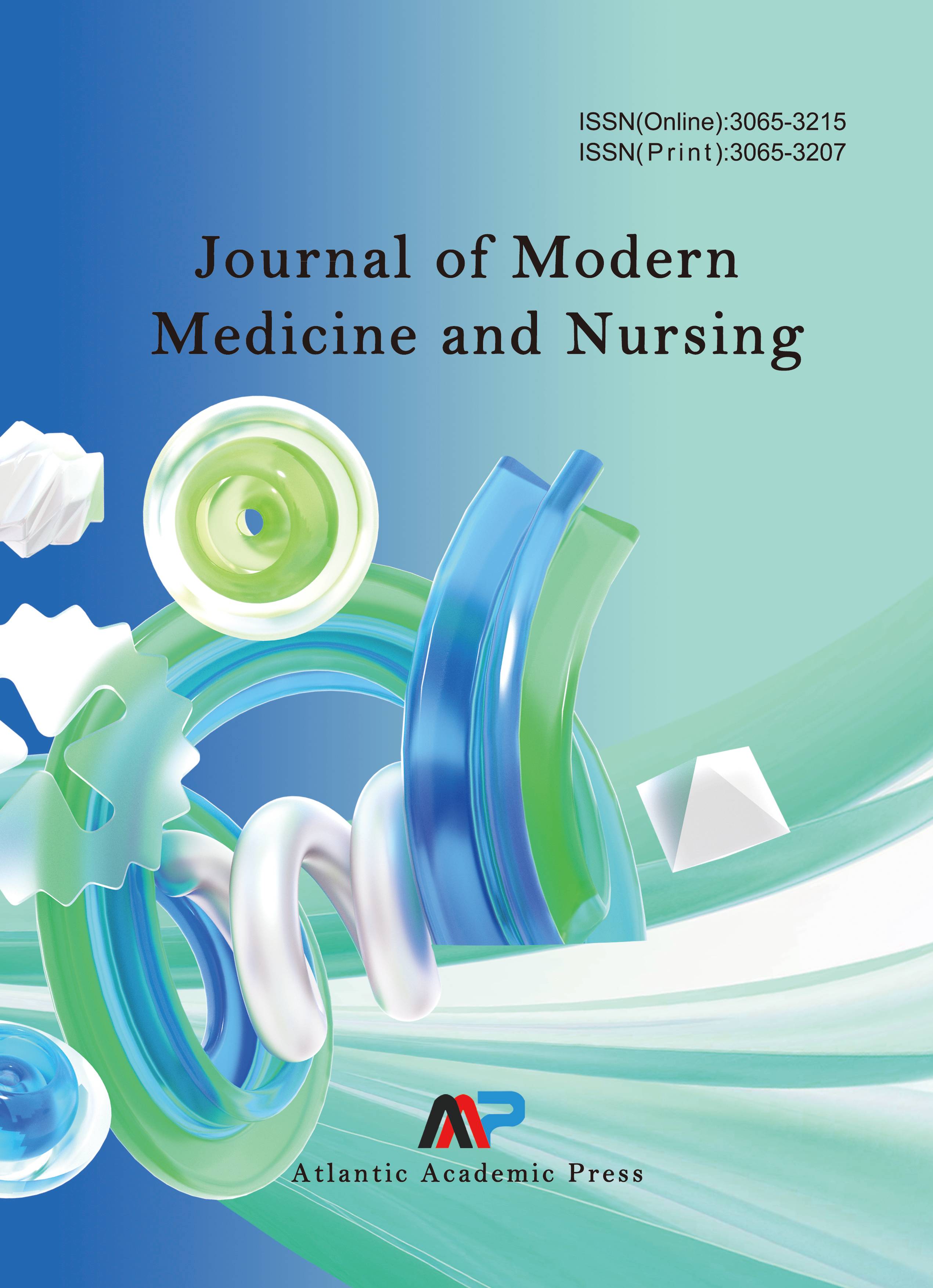Prevention and Management of Restenosis After Coronary Interventional Therapy
DOI:
https://doi.org/10.70767/jmmn.v1i2.281Abstract
Percutaneous coronary intervention (PCI) is one of the key methods for treating coronary heart disease, yet post-procedural restenosis remains a significant clinical challenge. Restenosis refers to the re-narrowing of the coronary artery after PCI due to factors such as neointimal hyperplasia and smooth muscle cell proliferation, which adversely affects blood flow restoration and patient prognosis. To address this issue, this study systematically explores strategies for the prevention and management of restenosis. Effective preventive measures are discussed in terms of pharmacological prevention, stent selection, optimization of procedural techniques, and lifestyle interventions. Additionally, the article analyzes pharmacological treatment options and re-intervention strategies for patients experiencing restenosis. The findings indicate that personalized treatment plans, optimized stent selection, rigorous postoperative management, and long-term monitoring are key to reducing the incidence of restenosis. Future research should further investigate the application of genetic testing and smart healthcare technologies in the management of restenosis.
Downloads
Published
Issue
Section
License
Copyright (c) 2024 Journal of Modern Medicine and Nursing

This work is licensed under a Creative Commons Attribution-NonCommercial 4.0 International License.




